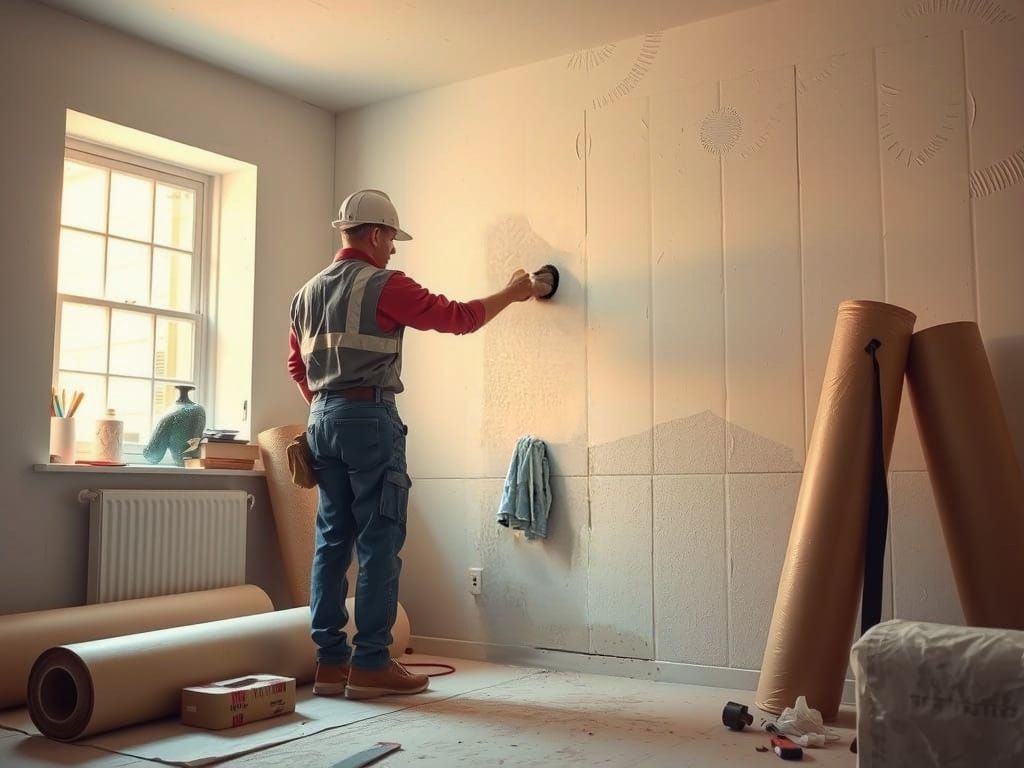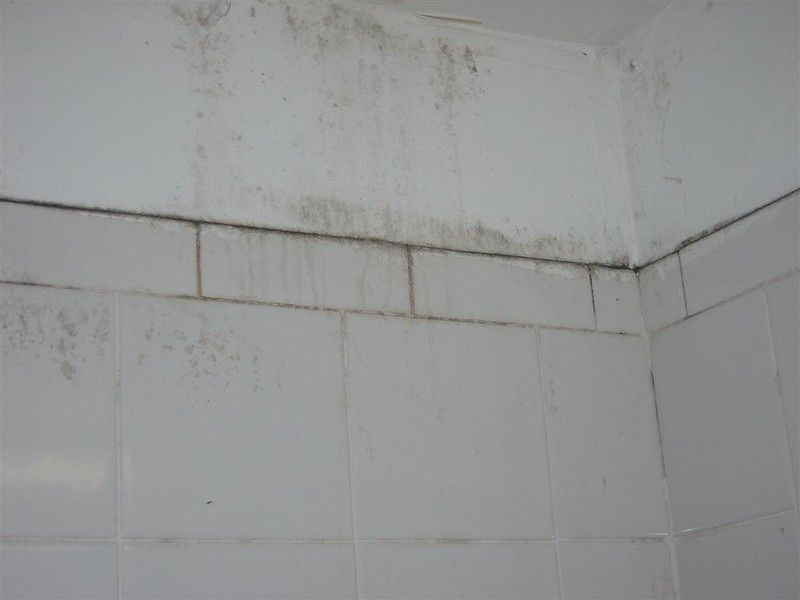Combating Condensation: PIV Units vs Dehumidifiers for Damp and Mould
WRITTEN BY THINKDRY DAMP PROOFING SPECIALIST
Condensation and mould are common problems faced by homeowners, often leading to serious health risks and structural damage, especially in areas with poor ventilation and cold air. Understanding the methods available for combating these issues is essential for maintaining a healthy living environment. In this article, we will explore the effectiveness of Positive Input Ventilation (PIV) units and dehumidifiers in tackling condensation and mould. By examining their functionality, benefits, and costs, including the impact of using heaters, we aim to provide clear insights into which solution may be more suitable for your home.
What is a PIV System and How Does It Work?
Understanding Positive Input Ventilation (PIV)
A Positive Input Ventilation (PIV) system is designed to create positive pressure within a home, effectively combating dampness and condensation issues. By drawing fresh air from outside, often through a vent located in the loft, the PIV unit filters and circulates this air throughout the home. This process helps to displace moist air, reducing the likelihood of condensation forming on windows and walls. The fresh air supplied by the PIV system not only enhances air quality but also ensures that humidity levels are kept in check, making it an efficient solution for preventing mould growth.
How PIV Units Improve Air Quality
The introduction of filtered air into the home through a PIV system significantly enhances the indoor air quality. As damp air is replaced with dry, fresh air, the potential for condensation and mould diminishes. This airflow is particularly beneficial in areas of the home that typically suffer from poor ventilation, such as bathrooms and kitchens. By continuously circulating air, a PIV unit helps maintain optimal humidity levels, ensuring that residents can breathe easy and enjoy a healthier living environment.
The Role of Fresh Air in Preventing Mould
Fresh air plays a crucial role in preventing mould and condensation. When a PIV unit introduces positive air pressure by drawing air from the loft, it helps to keep damp air at bay, effectively reducing the conditions that lead to mould growth. The fresh air supplied by the system dilutes the concentration of moisture in the home, creating an inhospitable environment for mould spores. This proactive approach to mould prevention is especially important in homes with inadequate insulation or those prone to condensation on windows and walls.
What Causes Condensation and Mould in Homes?
Identifying Common Causes of Condensation
Condensation is primarily caused by excess moisture in the air, which can stem from various sources such as cooking, bathing, and even breathing. In poorly ventilated spaces, this moisture accumulates, leading to dampness and, eventually, mould growth. Additionally, cold surfaces, such as windows and poorly insulated walls, can contribute to condensation, as the warm air within the home cools and releases moisture. Identifying these common causes, such as inadequate insulation and the absence of trickle vents, is essential for effectively combating the condensation issue.
The Impact of Dampness on Your Home
Dampness can have severe repercussions for a home, leading to structural damage and a decline in air quality. Prolonged exposure to damp conditions can weaken building materials, promote the growth of black mould, and lead to health issues for occupants. Mould and condensation can also create unpleasant odours and affect indoor air quality, making it crucial to address these problems promptly. A systematic approach to improving ventilation and reducing moisture levels is necessary to mitigate the impact of dampness on your living environment.
How Insulation Affects Condensation and Mould
Insulation plays a vital role in managing condensation and mould growth. Poor insulation can lead to cold surfaces that create pockets of damp air, increasing the likelihood of condensation forming. Conversely, properly insulating your home can help maintain consistent temperatures, reducing the chances of condensation on walls and windows, and can be complemented by the use of trickle vents. Homes that are well insulated, particularly bungalows and those with cavity walls, are less susceptible to the effects of dampness, especially when combined with effective ventilation systems like PIV units.
How Do Dehumidifiers Help with Dampness?
Understanding the Functionality of a Dehumidifier
A dehumidifier operates by drawing damp air into the unit and removing excess moisture, thereby producing dry air that is expelled back into the environment. This process is particularly effective in tackling high humidity levels and can significantly reduce condensation and mould growth. Dehumidifiers are especially useful in areas that tend to retain moisture, such as basements and bathrooms. By actively managing humidity and introducing fresh air into the house, these devices can create a more comfortable living space and help prevent the negative effects associated with dampness.
When to Use a Dehumidifier for Effective Results
Using a dehumidifier can yield effective results when humidity levels are high, particularly during wet weather or in the presence of activities that generate moisture. Homeowners should consider deploying a dehumidifier during times of increased dampness, such as after cooking or showering, or when they notice condensation on the windows. Regular use can help maintain optimal humidity levels and prevent mould and damp air from becoming a more pervasive issue throughout the home. However, it is essential to monitor the device's performance and adjust usage as needed.
Dehumidifier vs PIV: Which is More Effective?
When comparing dehumidifiers and PIV units, it's essential to consider their respective strengths. Dehumidifiers are excellent for immediate moisture control, effectively removing damp air and lowering humidity levels in specific areas, which enhances overall energy efficiency. However, PIV units offer a more comprehensive solution by continuously introducing filtered fresh air throughout the home, promoting better overall air circulation and quality. While both systems can work wonders in combating dampness and mould, PIV units may be more effective in preventing condensation long-term by addressing the root causes of moisture accumulation.
Can PIV Units Really Prevent Mould and Condensation?
The Benefits of Using a PIV Unit
PIV units offer numerous benefits in the fight against mould and condensation. By ensuring a steady flow of fresh air, these systems help maintain balanced humidity levels, preventing the damp conditions that lead to mould growth and improving overall energy efficiency. Additionally, PIV units can improve overall air quality, making it easier for occupants to breathe easy and reducing allergens and irritants in the atmosphere. The positive pressure created by a PIV unit also discourages the infiltration of damp air from outside, making it an effective long-term solution for many homes.
Case Studies: PIV Units That Work Wonders
Numerous case studies have demonstrated the effectiveness of PIV units in combating condensation and mould, particularly when combined with extractor fans for better air circulation. For instance, homes that have installed a Nuaire PIV unit often report significant reductions in dampness and mould growth within a matter of weeks, especially when used alongside extractor fans. Homeowners have noted improvements in air quality and a decrease in condensation on windows. These success stories underscore the potential of PIV systems as a viable solution for homes struggling with moisture-related issues.
How to Implement a PIV System in Your Home
Implementing a PIV system in your home involves selecting an appropriate unit, ensuring proper installation, and considering the integration of heaters for improved energy efficiency. Typically, a positive input ventilation unit can be installed in the loft, where it can draw air in and distribute it throughout the home. It's essential to ensure that your home is adequately insulated to maximise the benefits of the PIV system. Once installed, the unit should run continuously, providing a consistent supply of fresh air and effectively managing humidity levels throughout the home.
What Are the Costs and Maintenance of PIV Units and Dehumidifiers?
Initial Investment: PIV Unit vs Dehumidifier Costs
The initial investment for a PIV unit typically ranges around £300, making it a cost-effective solution for long-term moisture management. In contrast, the cost of a quality dehumidifier can vary widely based on its capacity and features. While dehumidifiers may have a lower upfront cost, they require frequent operation, which can lead to higher electricity bills. Evaluating the initial investment alongside potential long-term savings is crucial when deciding between these options.
Ongoing Maintenance for PIV Systems and Dehumidifiers
Both PIV systems and dehumidifiers require ongoing maintenance to ensure optimal performance. PIV units typically need minimal maintenance, such as occasional filter changes, while dehumidifiers may require more frequent emptying of water tanks and filter replacements. Understanding the maintenance requirements and costs associated with each system, including the need for trickle vents, is essential for homeowners to make informed decisions.
Cost-Effectiveness in Combating Damp and Mould
In the long run, PIV units often prove to be more cost-effective than dehumidifiers. With their ability to continuously manage humidity levels and improve air quality, PIV systems can prevent the recurrence of dampness and mould, reducing the need for costly repairs and remediation. While both systems serve their purposes, investing in a PIV unit can provide lasting benefits and a healthier home environment.
Need some advice?
Talk to one of our experts:
07972 822827
Quick Form
Fill in the form below and we will be in touch soon
Quick Form
We will get back to you as soon as possible.
Please try again later.
At thinkDRY we've made it our mission to help homeowners rid their property of damp. We are a rapidly expanding damp proof specialist and you can see the areas we serve here
Head Office: 07972 822827
Email: contact@thinkdry.co.uk
All Rights Reserved | ThinkDRY
Design and Developed by Leads Nurtured





